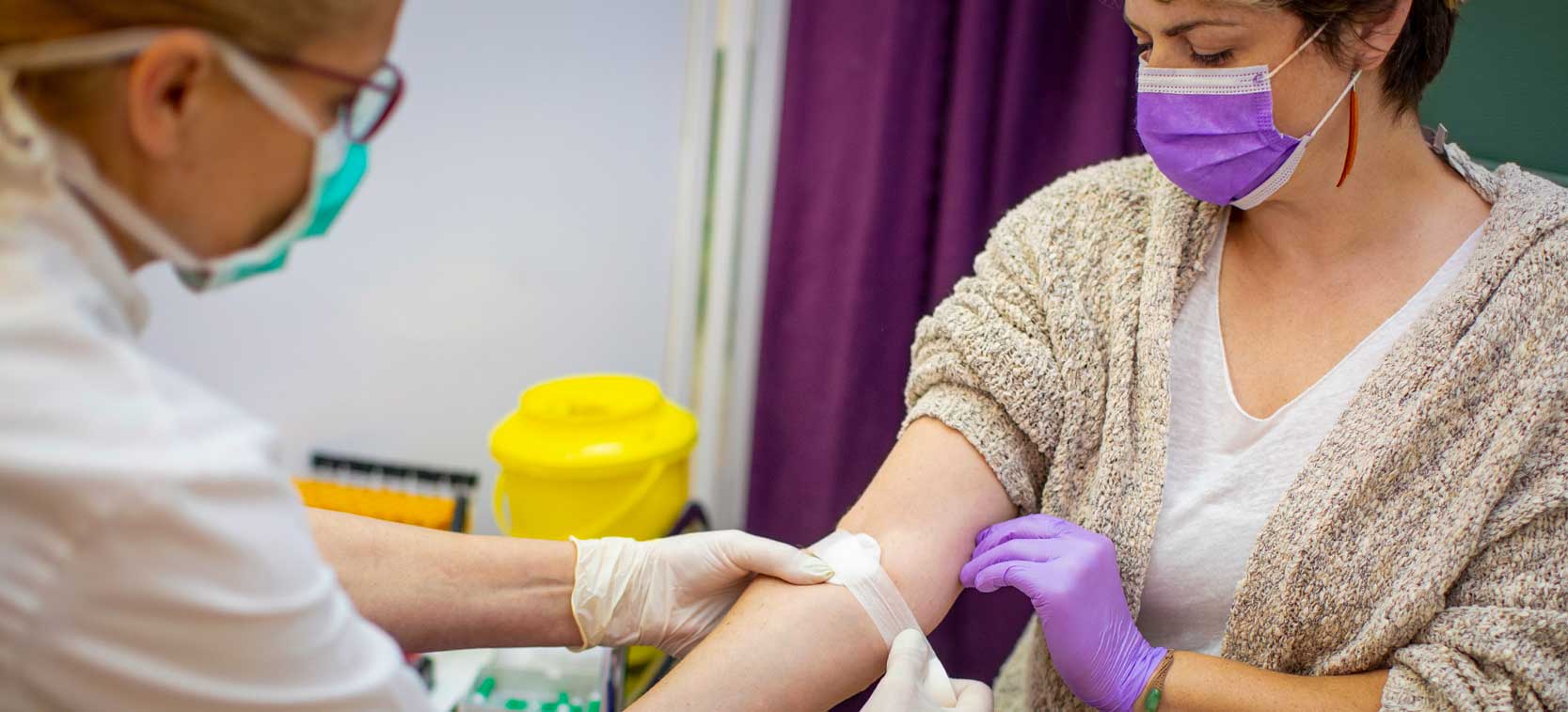The Best Strategy To Use For Northeast Medical Institute - New Haven Campus Phlebotomy Course & Cna Class
The Best Strategy To Use For Northeast Medical Institute - New Haven Campus Phlebotomy Course & Cna Class
Blog Article
Northeast Medical Institute - New Haven Campus Phlebotomy Course & Cna Class for Beginners
Table of ContentsNortheast Medical Institute - New Haven Campus Phlebotomy Course & Cna Class Fundamentals ExplainedNortheast Medical Institute - New Haven Campus Phlebotomy Course & Cna Class Fundamentals ExplainedThe Best Strategy To Use For Northeast Medical Institute - New Haven Campus Phlebotomy Course & Cna ClassMore About Northeast Medical Institute - New Haven Campus Phlebotomy Course & Cna ClassExcitement About Northeast Medical Institute - New Haven Campus Phlebotomy Course & Cna ClassThe Definitive Guide to Northeast Medical Institute - New Haven Campus Phlebotomy Course & Cna Class
The usage of such tools ought to be gone along with by other infection prevention and control techniques, and training in their use.For setups with low sources, cost is a motoring factor in purchase of safety-engineered gadgets. Where safety-engineered devices are not available, experienced use of a needle and syringe is appropriate.
Among the essential markers of high quality of treatment in phlebotomy is the participation and collaboration of the person; this is mutually helpful to both the health worker and the individual. Clear information either composed or spoken should be available to every client that goes through phlebotomy. Annex F provides sample text for clarifying the blood-sampling treatment to a client. labelling); transport conditions; interpretation of outcomes for scientific monitoring. In an outpatient division or center, provide a devoted phlebotomy workstation containing: a tidy surface area with two chairs (one for the phlebotomist and the other for the person); a hand clean basin with soap, running water and paper towels; alcohol hand rub. In the blood-sampling room for an outpatient department or clinic, supply a comfy reclining sofa with an arm rest.
Top Guidelines Of Northeast Medical Institute - New Haven Campus Phlebotomy Course & Cna Class
Make sure that the indications for blood sampling are plainly defined, either in a created method or in documented guidelines (e.g. in a research laboratory type). In all times, follow the approaches for infection prevention and control provided in Table 2.2. Infection avoidance and control techniques. Collect all the devices required for the treatment and location it within safe and simple reach on a tray or cart, guaranteeing that all the things are clearly visible.
Introduce on your own to the patient, and ask the client to specify their complete name. Inspect that the lab form matches the patient's identity (i.e. match the patient's details with the lab type, to make sure precise identification).
Make the client comfortable in a supine position (preferably). Place a tidy paper or towel under the individual's arm. Go over the test to be carried out (see Annex F) and obtain spoken approval. The client has a right to refuse an examination at any kind of time prior to the blood tasting, so it is essential to make certain that the person has actually comprehended the procedure.
Unknown Facts About Northeast Medical Institute - New Haven Campus Phlebotomy Course & Cna Class
Extend the client's arm and check the antecubital fossa or forearm. Find a capillary of a great dimension that is noticeable, straight and clear.
DO NOT put the needle where blood vessels are drawing away, due to the fact that this boosts the opportunity of a haematoma. Locating the vein will certainly assist in determining the appropriate dimension of needle.
Specimens from central lines lug a threat of contamination or wrong laboratory test results. It is acceptable, however not optimal, to draw blood samplings when first introducing an in-dwelling venous gadget, prior to linking the cannula to the intravenous fluids.
Northeast Medical Institute - New Haven Campus Phlebotomy Course & Cna Class Things To Know Before You Get This
Enable the area to completely dry. Failure to allow adequate contact time enhances the risk of contamination. DO NOT touch the cleaned website; particularly, DO NOT place a finger over the vein to assist the shaft of the subjected needle. It the site is touched, repeat the disinfection. Execute venepuncture as follows.
Ask the client to form a hand so the blood vessels are a lot more famous. Enter the vein swiftly at a 30 degree angle or much less, and remain to present the needle along the blood vessel at the most convenient angle of entrance - PCT Classes. Once sufficient blood has actually been gathered, release the tourniquet prior to withdrawing the needle
The Northeast Medical Institute - New Haven Campus Phlebotomy Course & Cna Class Statements
Withdraw the needle delicately and use gentle pressure to the website with a clean gauze or dry cotton-wool sphere. Ask the individual to hold the gauze or cotton wool in location, with the arm extended and increased. Ask the individual NOT to bend the arm, due to the fact that doing so causes a haematoma.

Get This Report on Northeast Medical Institute - New Haven Campus Phlebotomy Course & Cna Class
Do not push the syringe bettor due to the fact that additional pressure boosts the threat of haemolysis. Where feasible, maintain televisions in a shelf and relocate the shelf towards you. Inject downwards into the ideal coloured stopper. DO NOT get rid of the stopper because it will release the vacuum cleaner. If the example tube does not have a rubber stopper, inject extremely slowly right into television as decreasing the stress and rate used to transfer the sampling lowers the threat of haemolysis.

Report this page